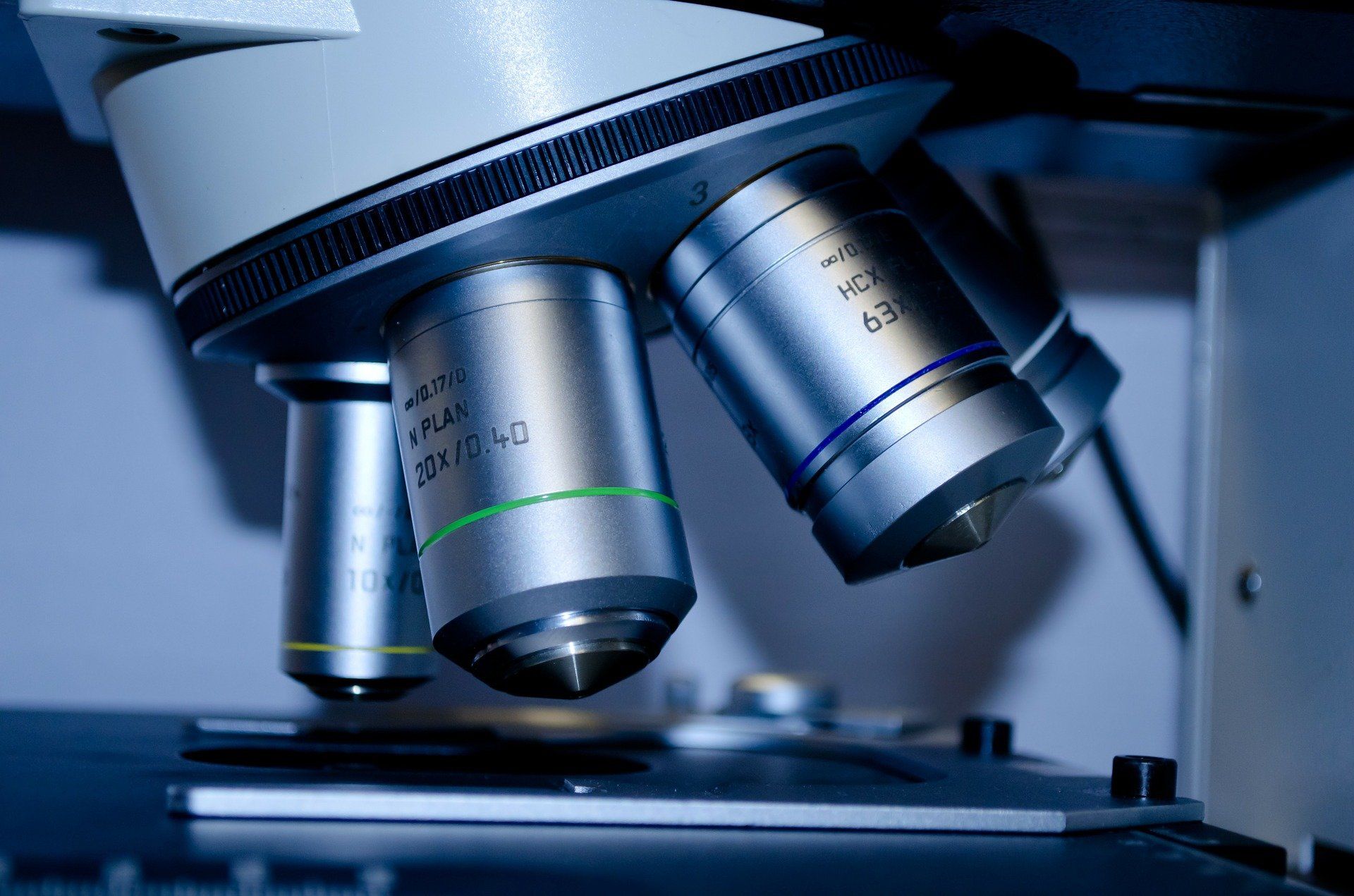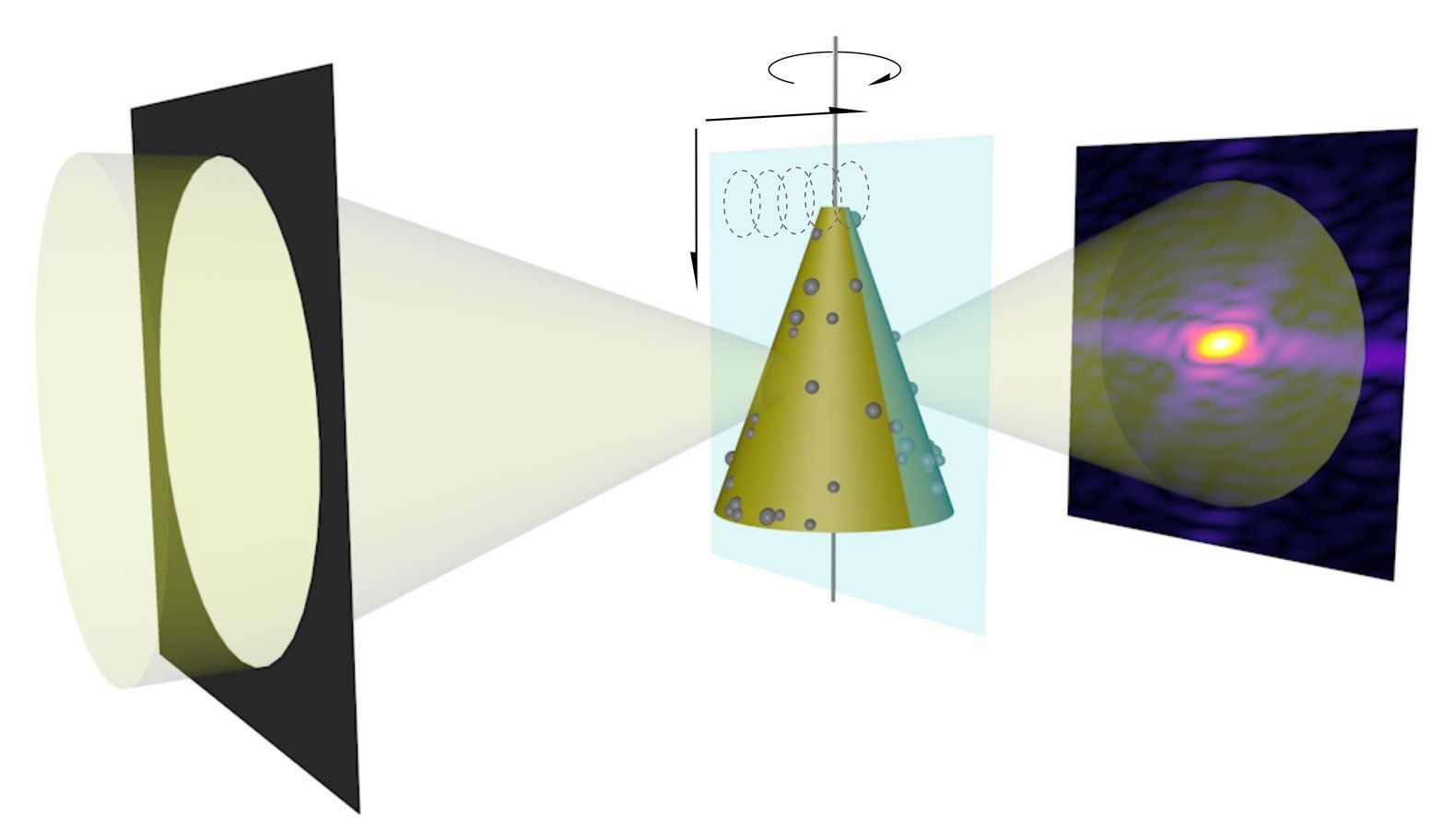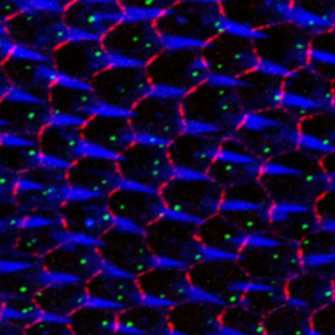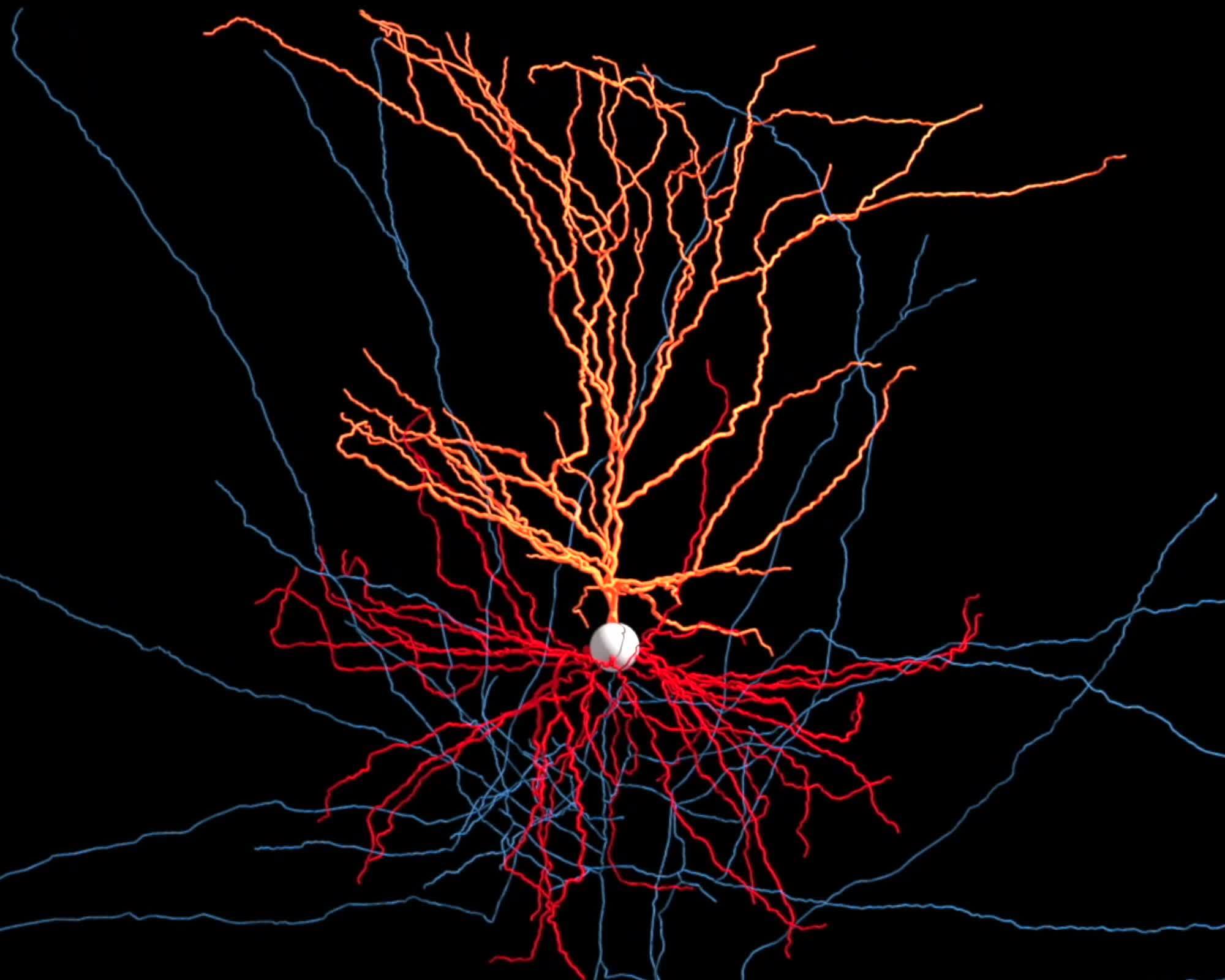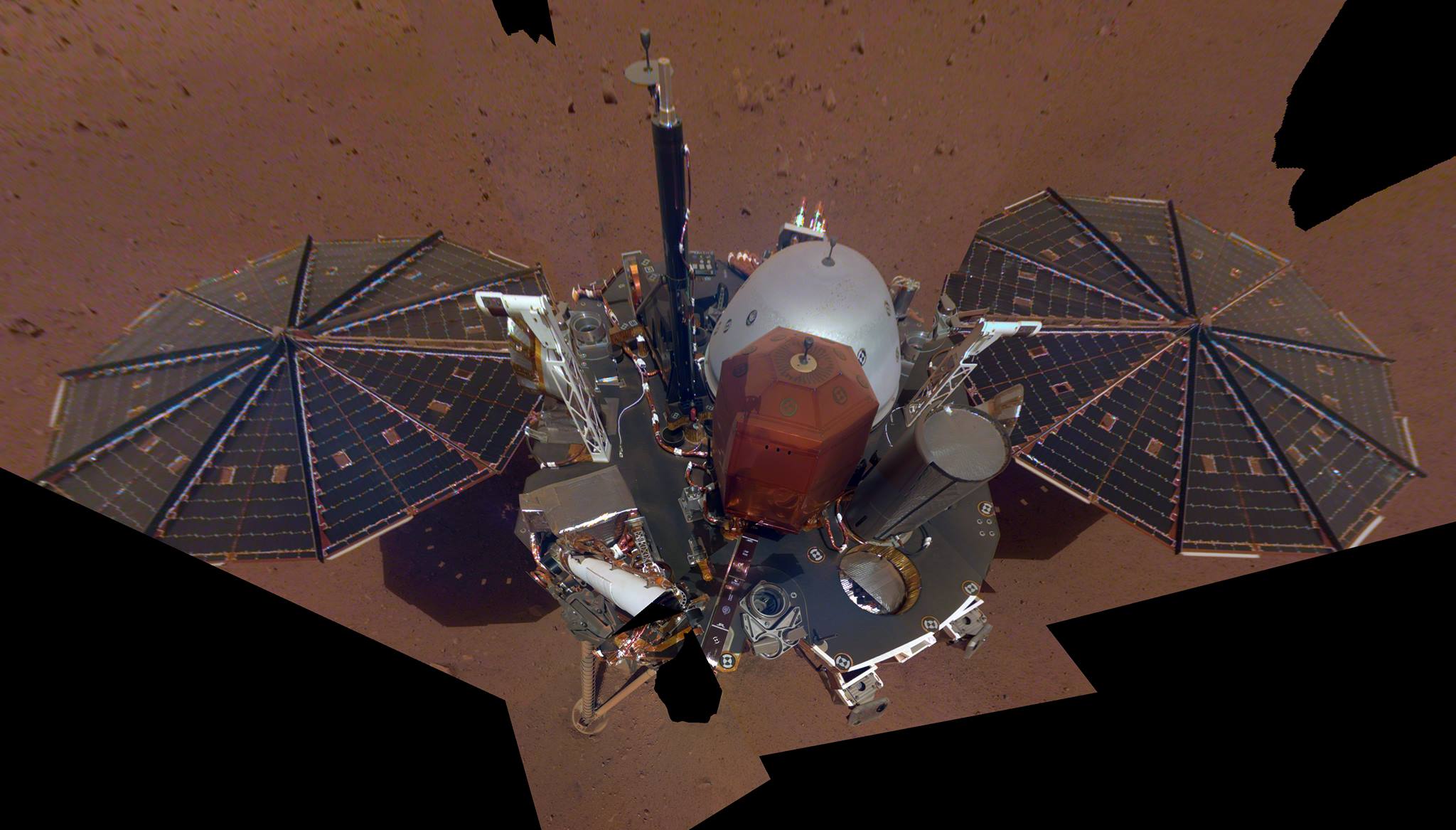Dec 12, 2018
New method gives microscope a boost in resolution
Posted by Genevieve Klien in category: mathematics
Scientists at the University of Würzburg have been able to boost current super-resolution microscopy by a novel tweak. They coated the glass cover slip as part of the sample carrier with tailor-made biocompatible nanosheets that create a mirror effect. This method shows that localizing single emitters in front of a metal-dielectric coating leads to higher precision, brightness and contrast in Single Molecule Localization Microscopy (SMLM). The study was published in the Nature journal Light: Science and Applications.
The sharpness of a light microscope is limited by physical conditions—structures that are closer together than 0.2 thousandths of a millimeter blur, and can no longer be distinguished from each other. The cause of this blurring is diffraction. Each point-shaped object is therefore not shown as a point, but as a blurry spot.
With mathematical methods, the resolution can still be drastically improved. One method would calculate its exact center from the brightness distribution of the blurry spot. However, it only works if two closely adjacent points of the object are initially not simultaneously but subsequently visible, and are merged later in the image processing. This temporal decoupling prevents superimposition of the blurry spot. For years, researchers in life sciences have been using this tricky method for super high-resolution light microscopy of cells.
